Finding the perfect balance between weight training and endurance training can feel like a puzzle. Should you focus on building muscle or boosting your stamina? The good news is you don’t have to choose. With the right strategy, you can integrate both into your routine to achieve your fitness goals. Here’s how you can strike that balance and make it work for you.
Why Combine Weight and Endurance Training?

💪 Weight training builds muscular strength, increases muscle mass, and enhances overall body composition. It’s ideal for tasks that require short bursts of effort and power, like lifting or sprinting.
🏃 Endurance training, on the other hand, focuses on aerobic exercise, improving your stamina for prolonged activities like running, cycling, or swimming.
When combined, these two approaches offer holistic fitness, boosting strength, stamina, and overall health. They also complement each other: endurance training supports cardiovascular health, while weight training fortifies muscles, reduces injury risks, and maintains skeletal muscle mass.
Good Read: Ankle Weights vs. Resistance Bands: Finding Your Perfect Match for Lower Body Workouts
How Often Should You Train?
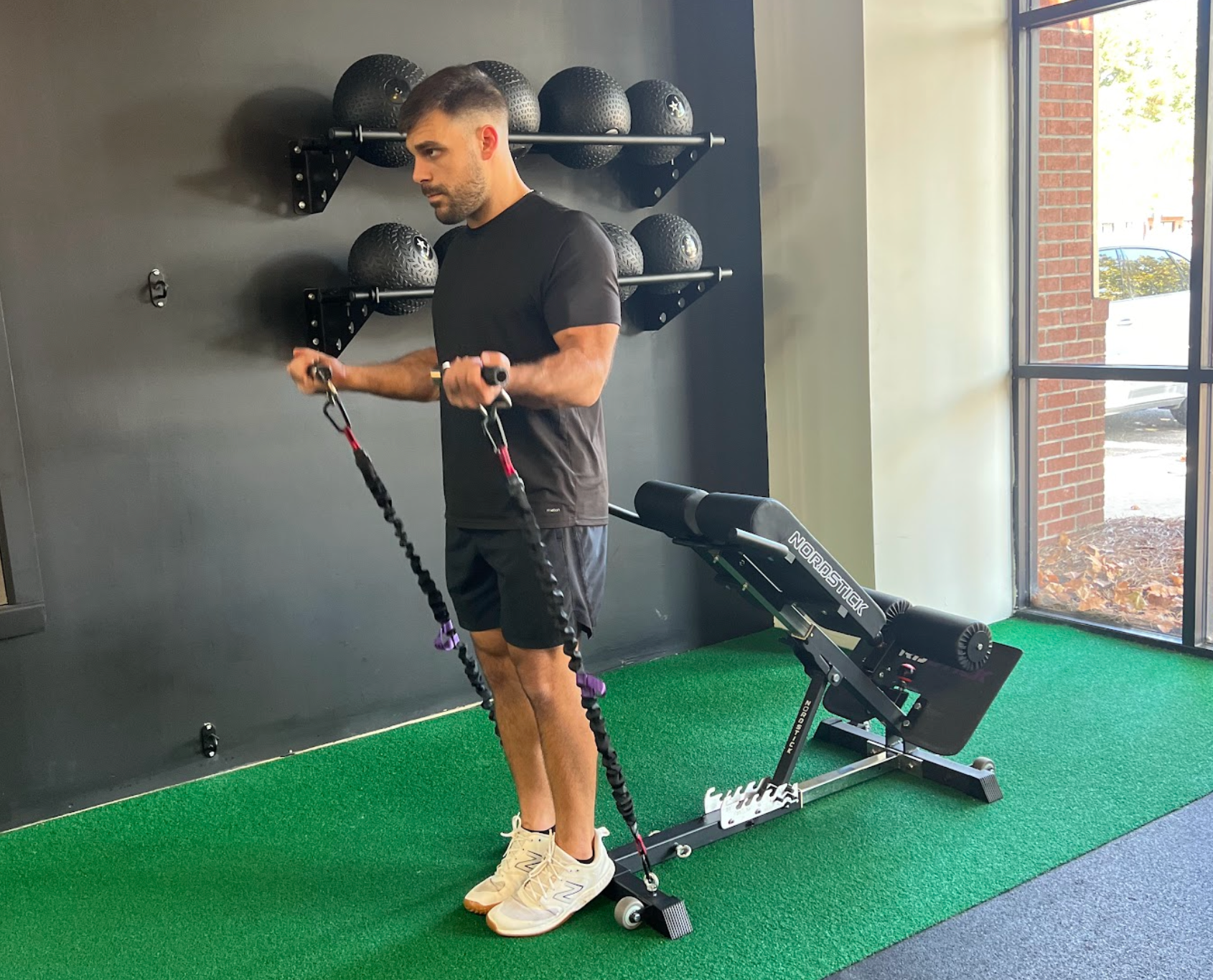
To make the most of both:
🌟 Weight Training: 2–3 sessions per week targeting major muscle groups. The NordBench makes weight training versatile and accessible, whether you’re doing split squats, landmine rows with the Landmine Attachment, or bicep curls with the Band System.
🌟 Endurance Training: 3–5 sessions per week focusing on activities like running, cycling, or rowing. Keep a mix of high-intensity intervals and steady-state aerobic exercises to build endurance effectively.
Good Read: How to Train Your Endurance for Long-Distance Running
Best Practices for Balancing Both
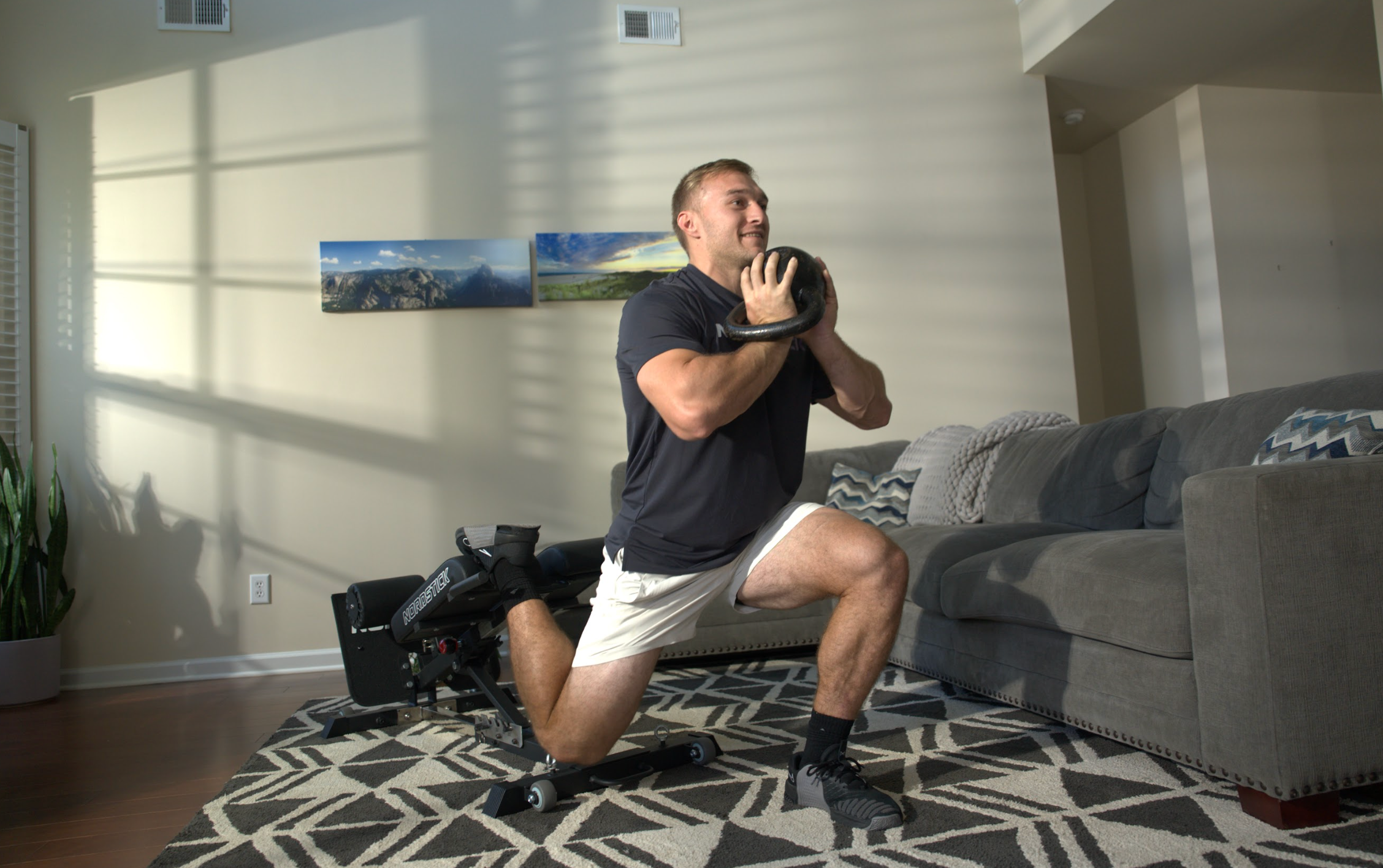
🔄 Alternate Focus Days: Dedicate separate days to weight training and endurance training. This prevents overtraining and ensures your body has time to recover. For example, schedule weightlifting on Monday, Wednesday, and Friday, and endurance exercises on Tuesday, Thursday, and Saturday.
⚖️ Prioritize Your Goals: If you’re training for a marathon, emphasize endurance training. If muscle growth is your focus, prioritize weight training. The key is to tailor your routine to your specific sport or fitness goal.
🚀 Use Tools That Fit Your Routine: The NordBench Band System is perfect for targeting specific muscle groups during weight training, while the Landmine Attachment adds variety for dynamic movements.
Good Read: NordBench Band System vs. Weights and Dumbbells: Which Is Right for You?
Common Mistakes to Avoid
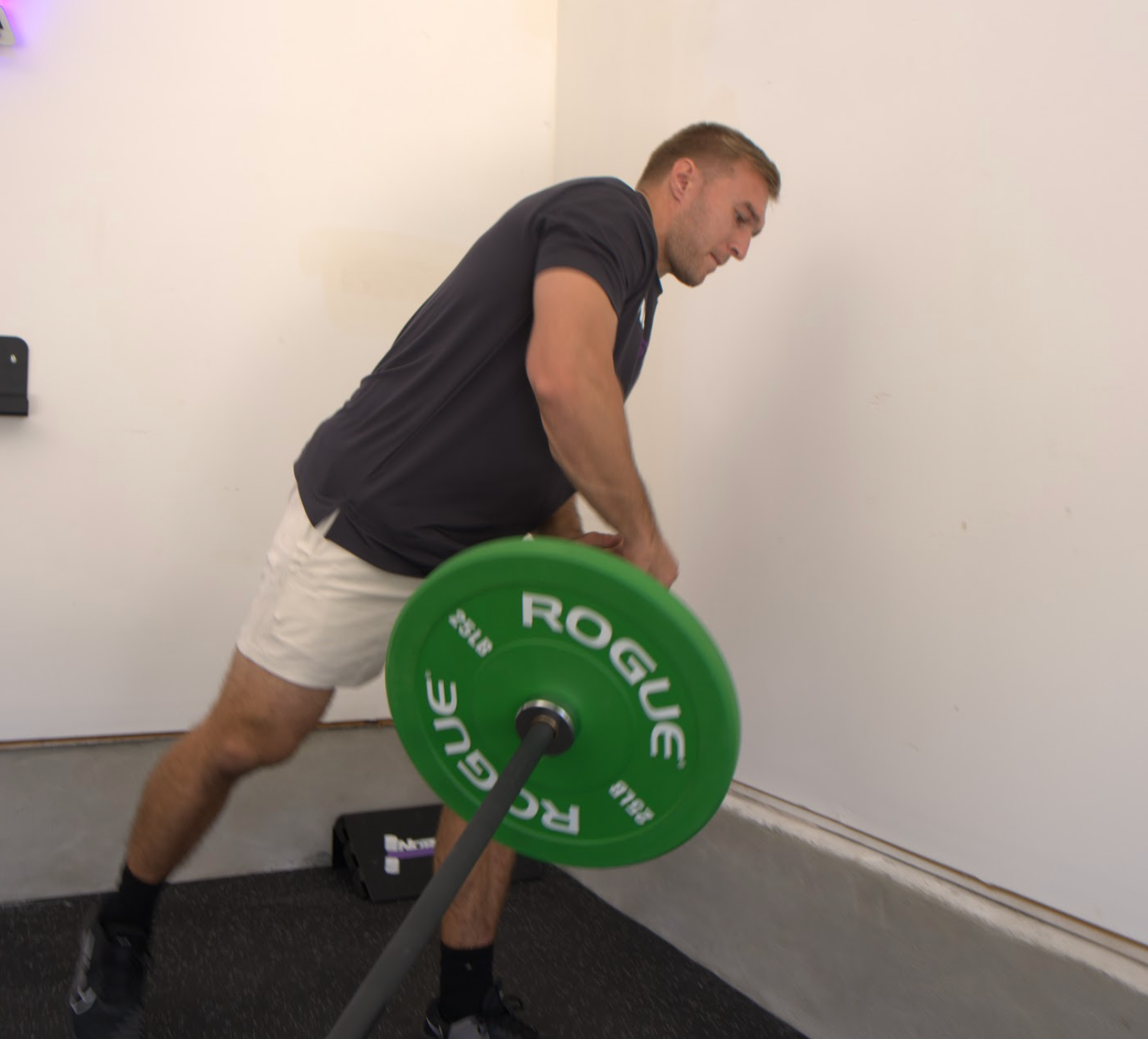
🚫 Skipping Recovery: Recovery is vital for muscle growth and preventing injuries. Include at least one rest day per week and prioritize proper sleep and nutrition.
🚫 Ignoring Proper Form: Whether lifting weights or running long distances, using correct form ensures effectiveness and minimizes risks.
🚫 Doing Too Much Too Soon: Gradually increase intensity and volume for both types of training. This helps your body adapt and improves overall health without burnout.
Good Read: How to Train Speed, Strength, and Endurance at Home
Takeaway: Build a Balanced Routine

Balancing weight training and endurance training is a key component of a well-rounded fitness program. Start with a clear schedule, adjust based on your goals, and stay consistent. With tools like the NordBench, you can create an effective workout routine at home, no matter your fitness level.
Your fitness journey isn’t just about the results; it’s about building a sustainable lifestyle that keeps you strong, energetic, and ready for anything.



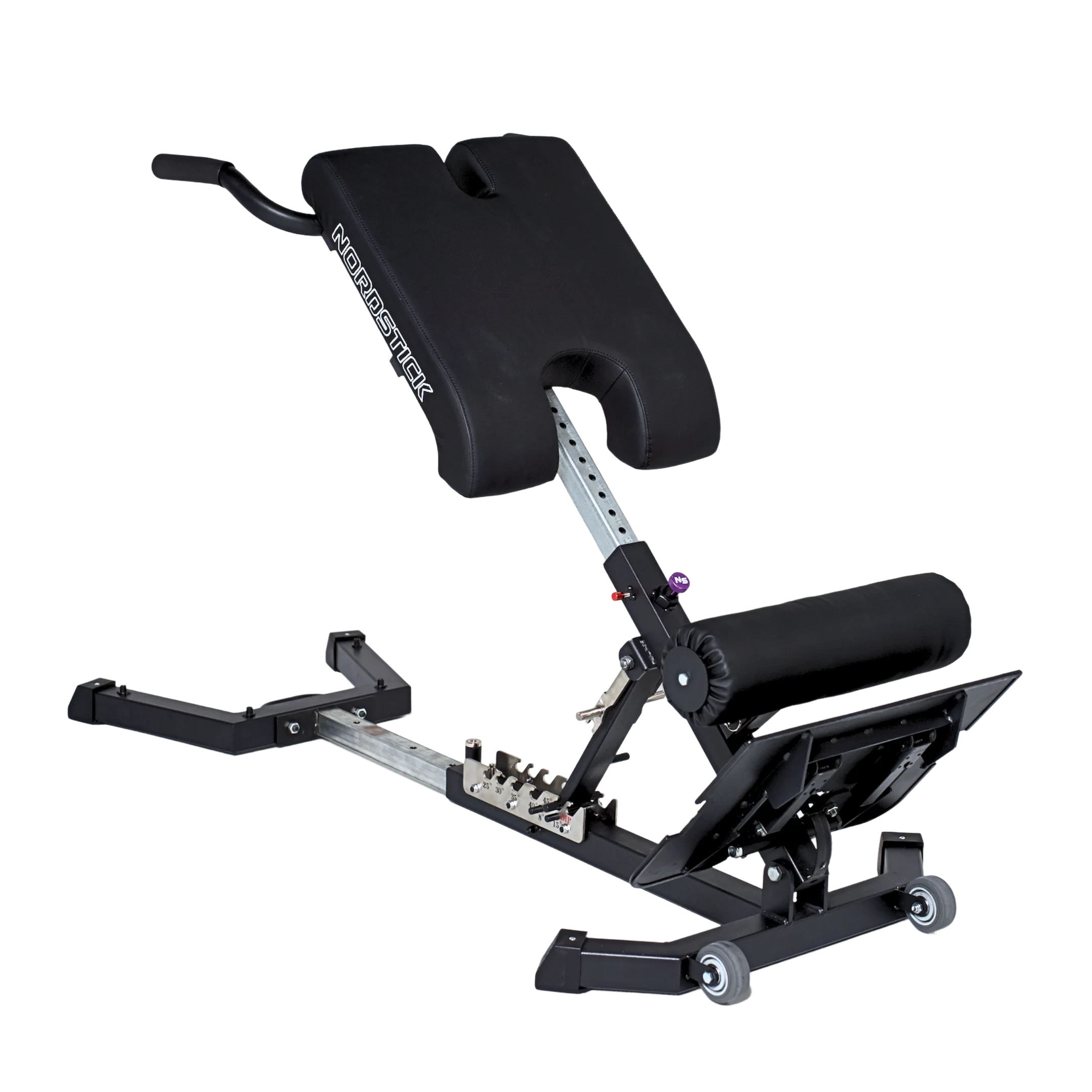
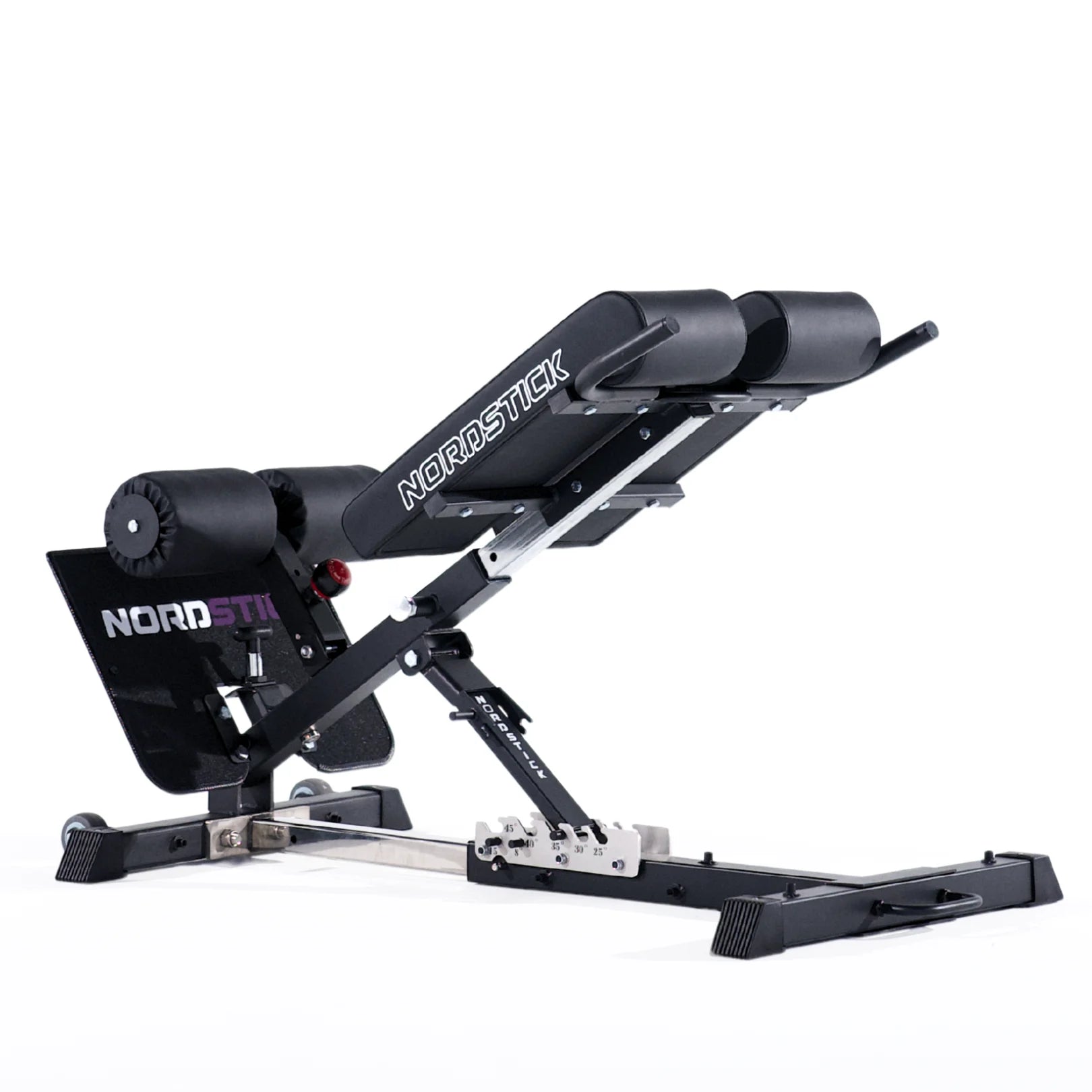





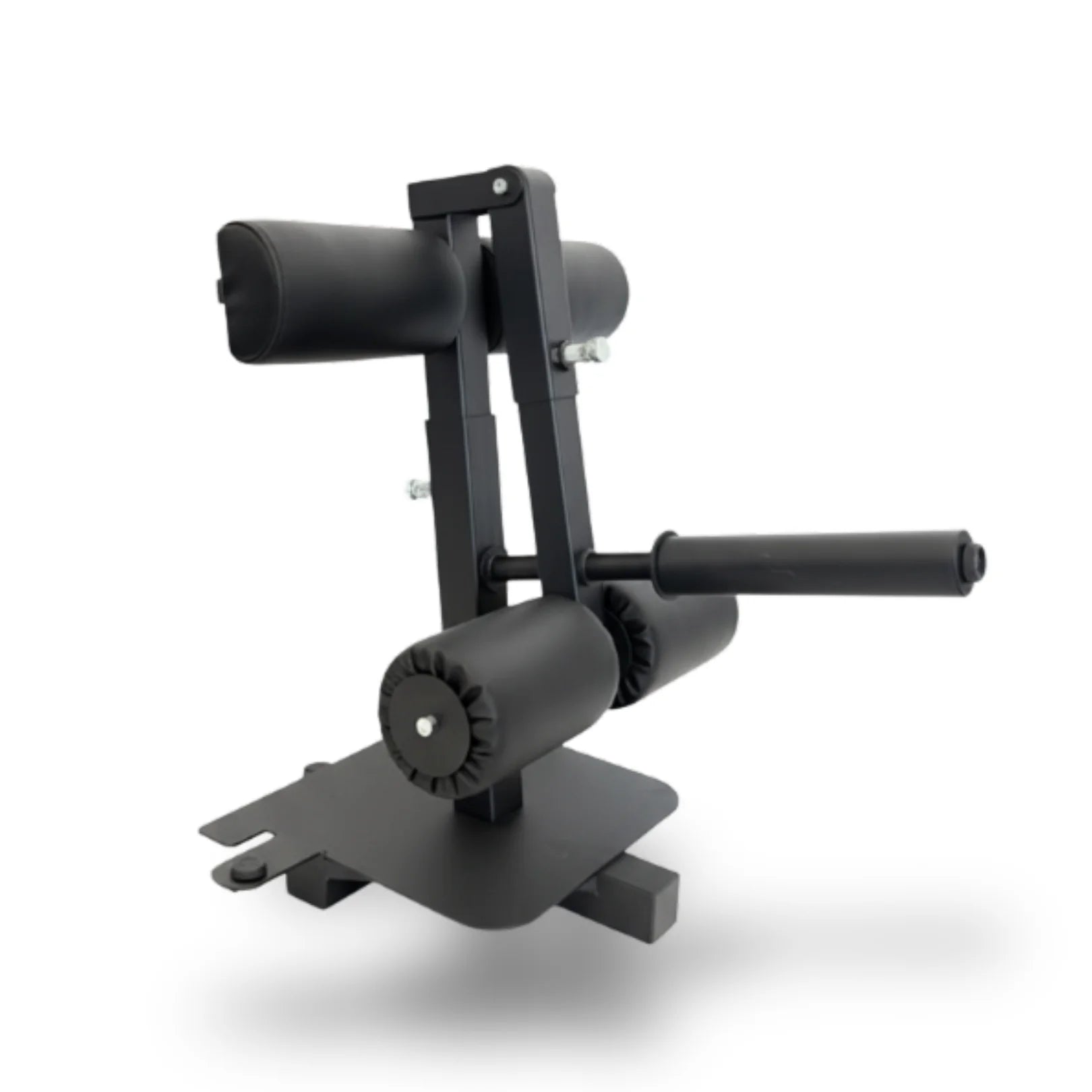
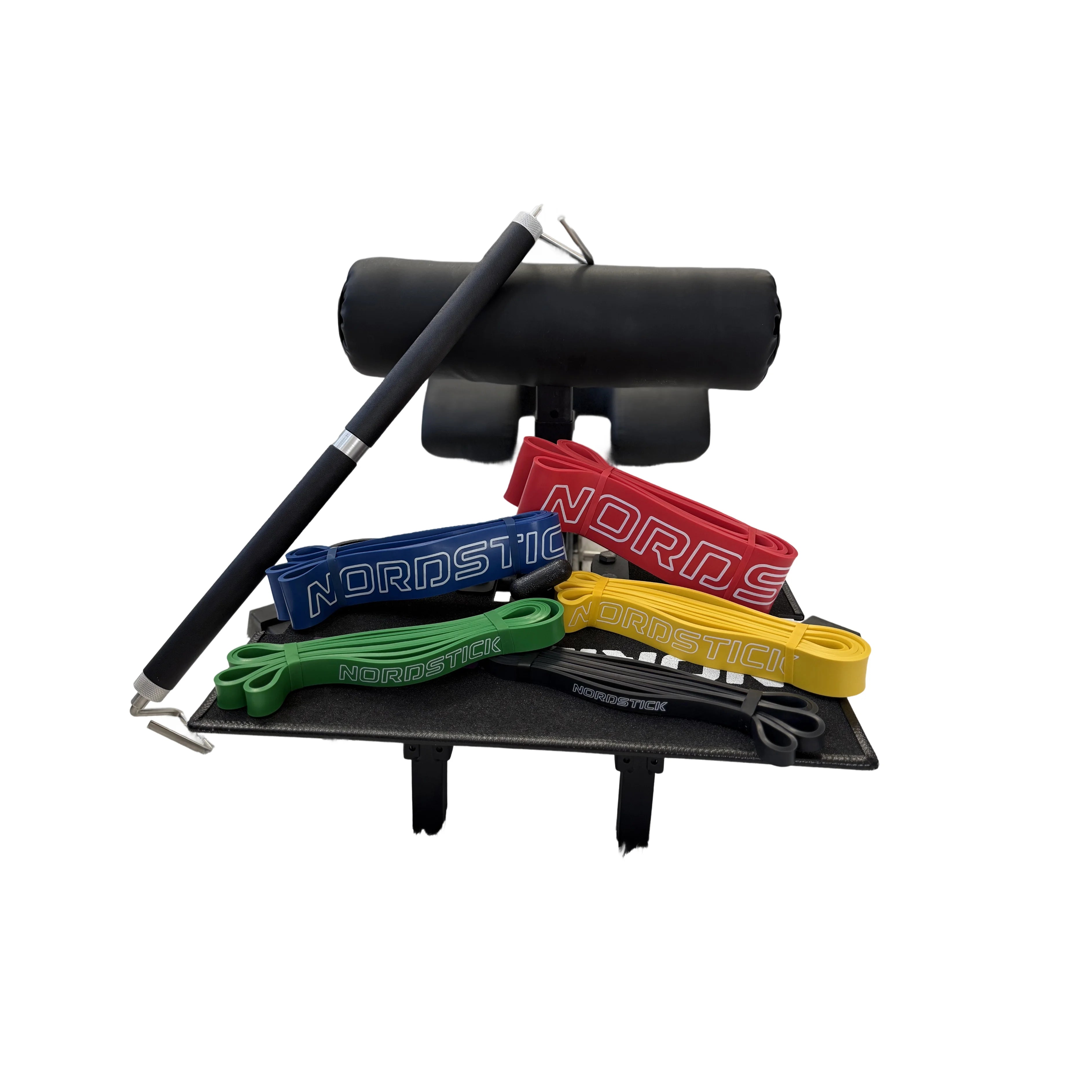
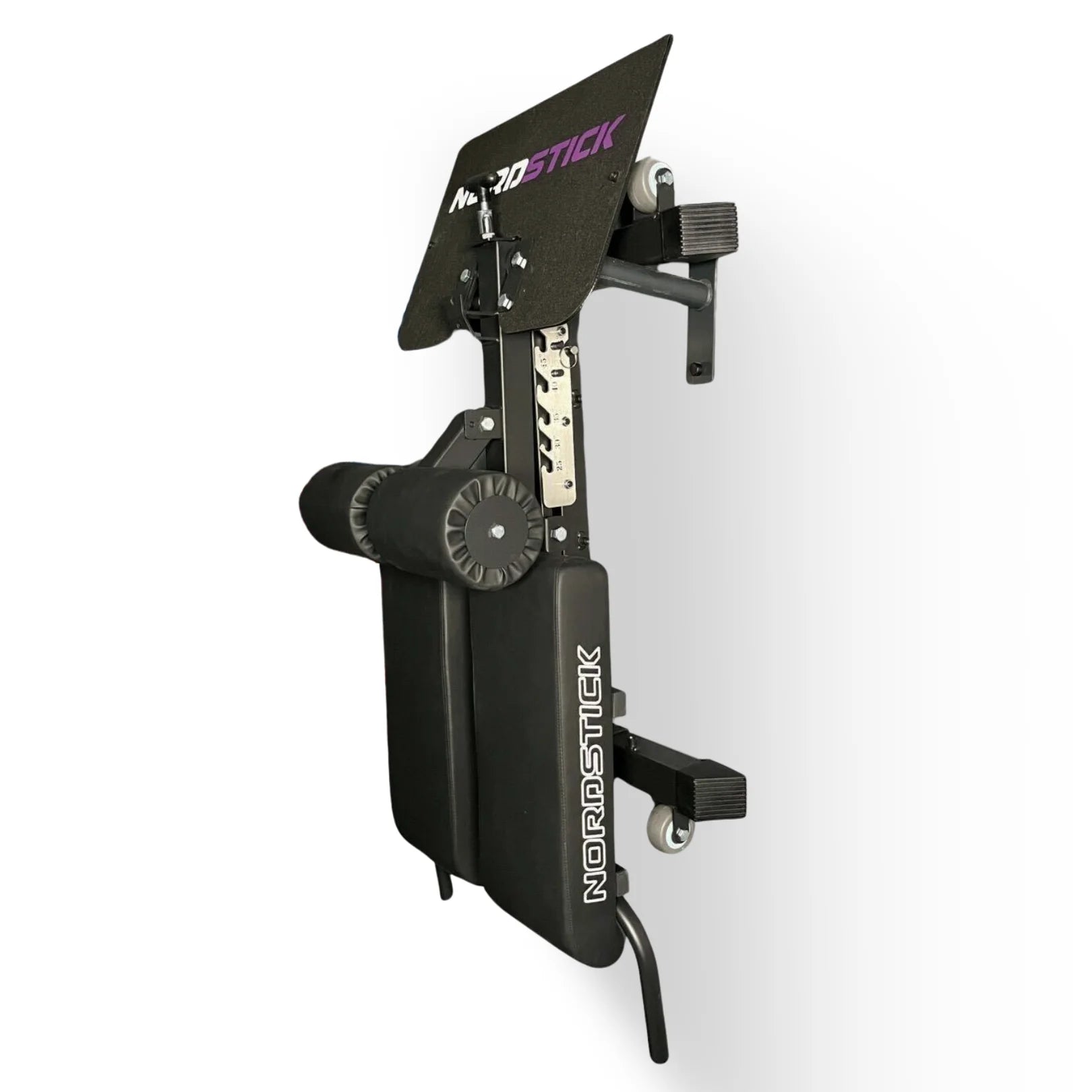
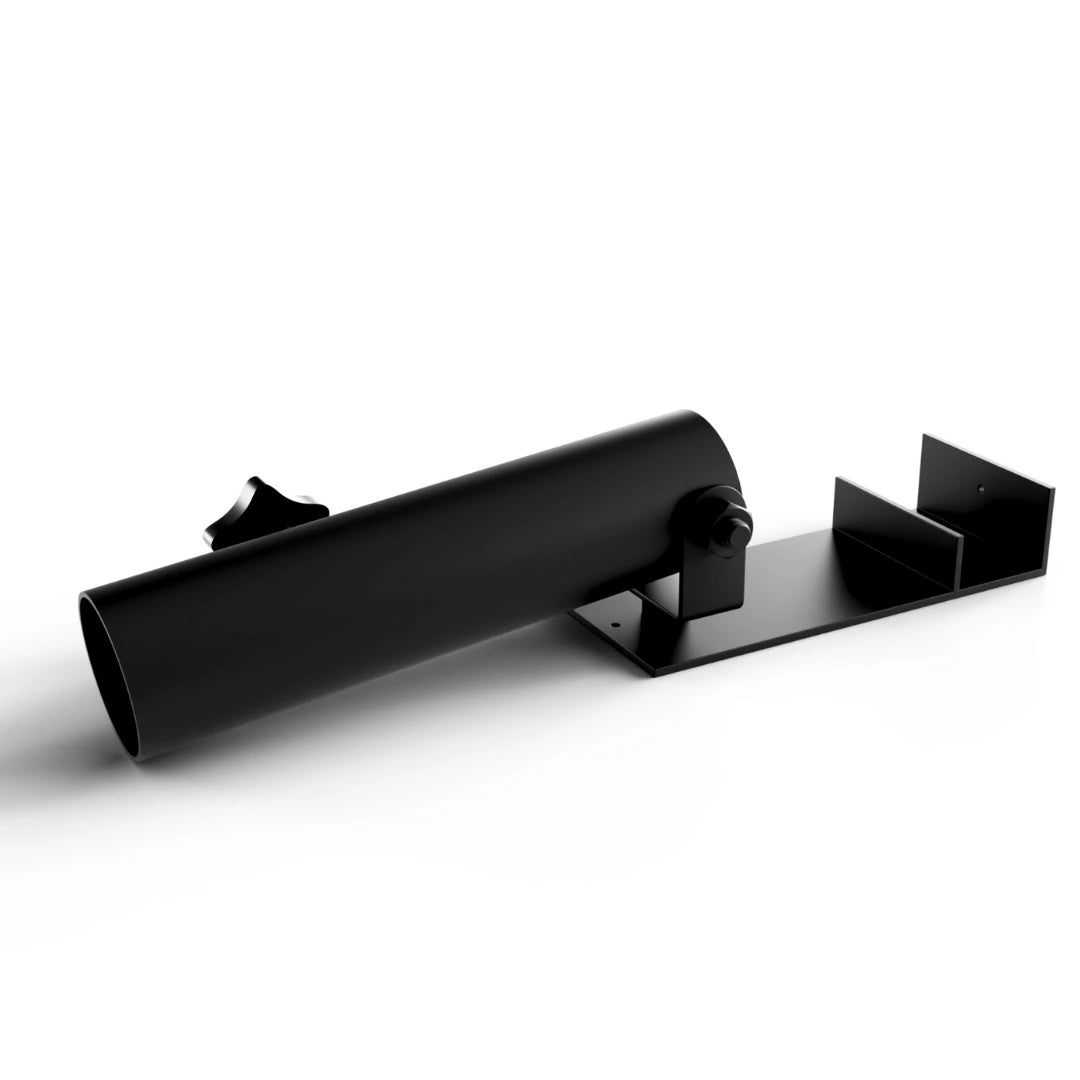
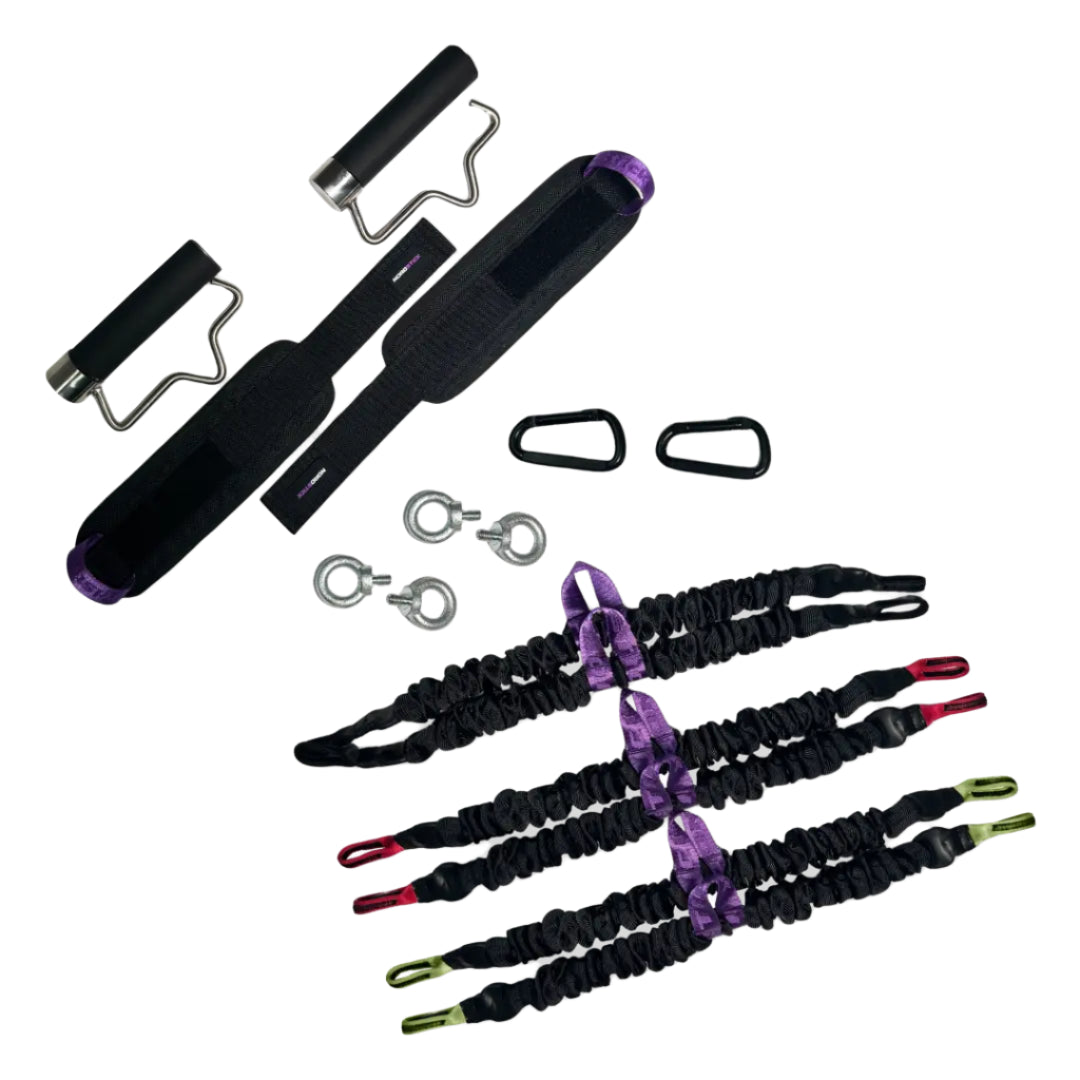
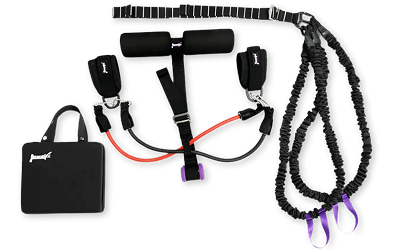
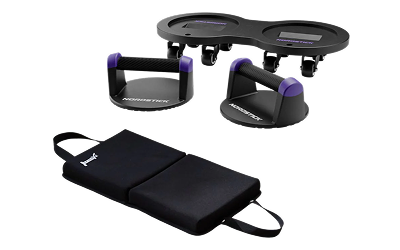
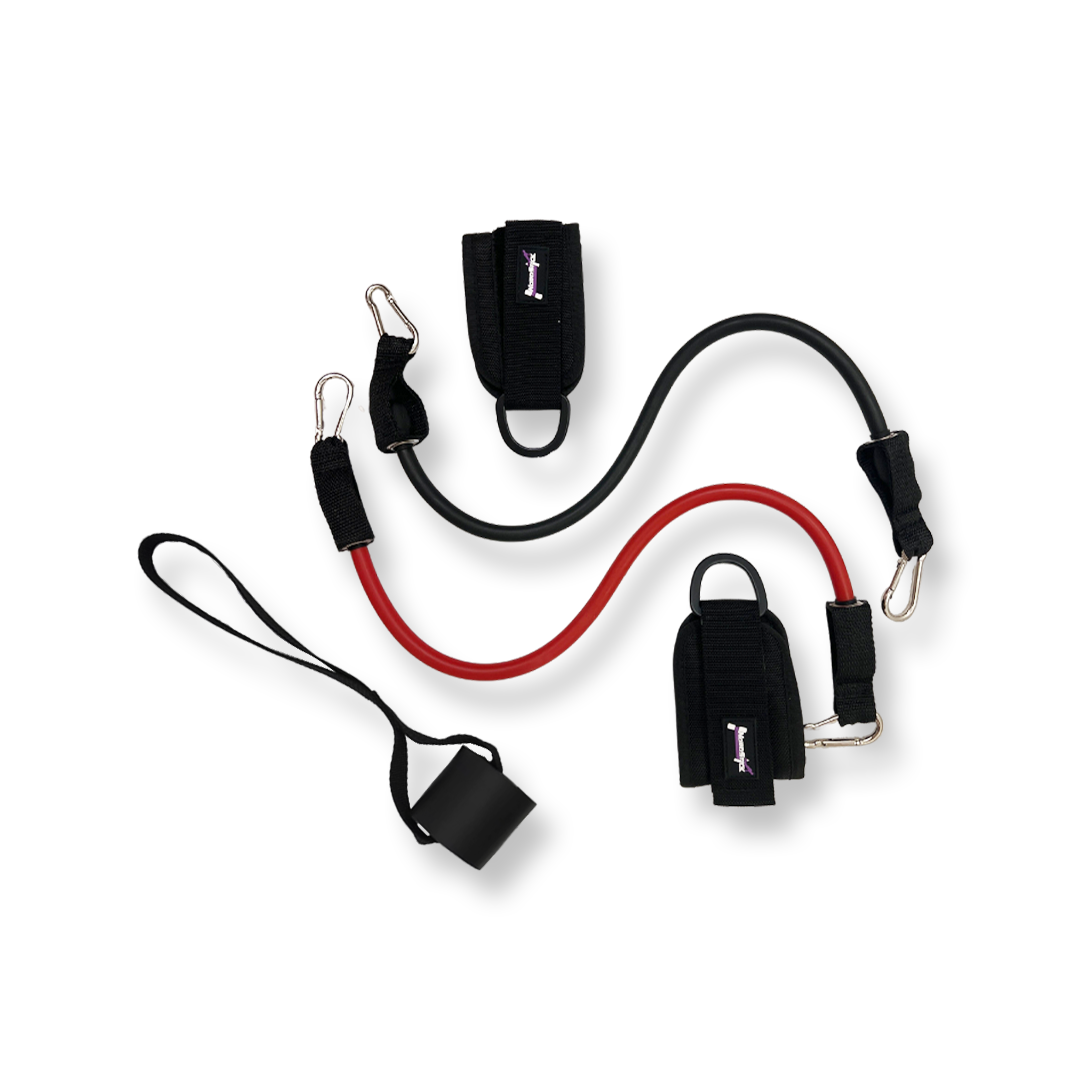
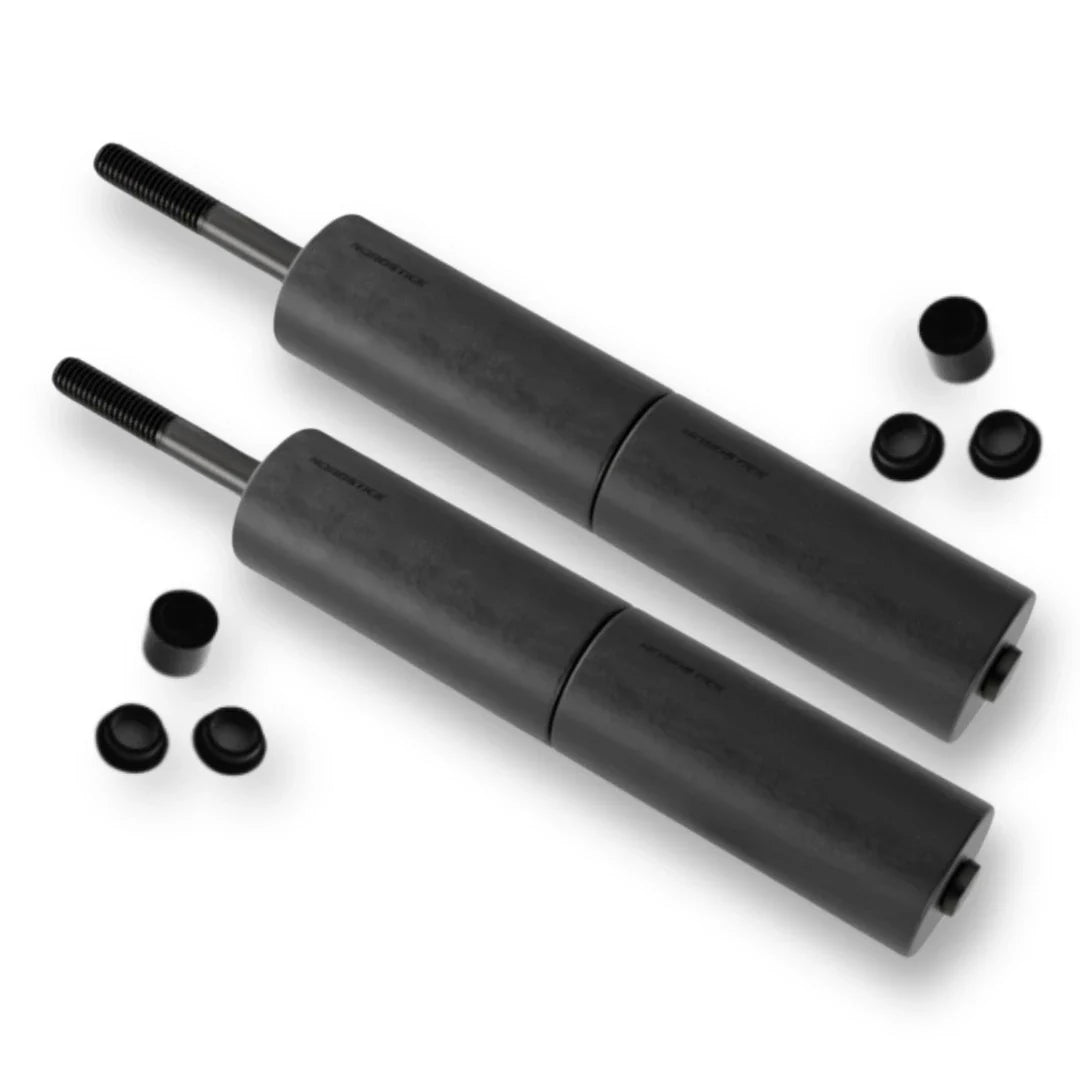
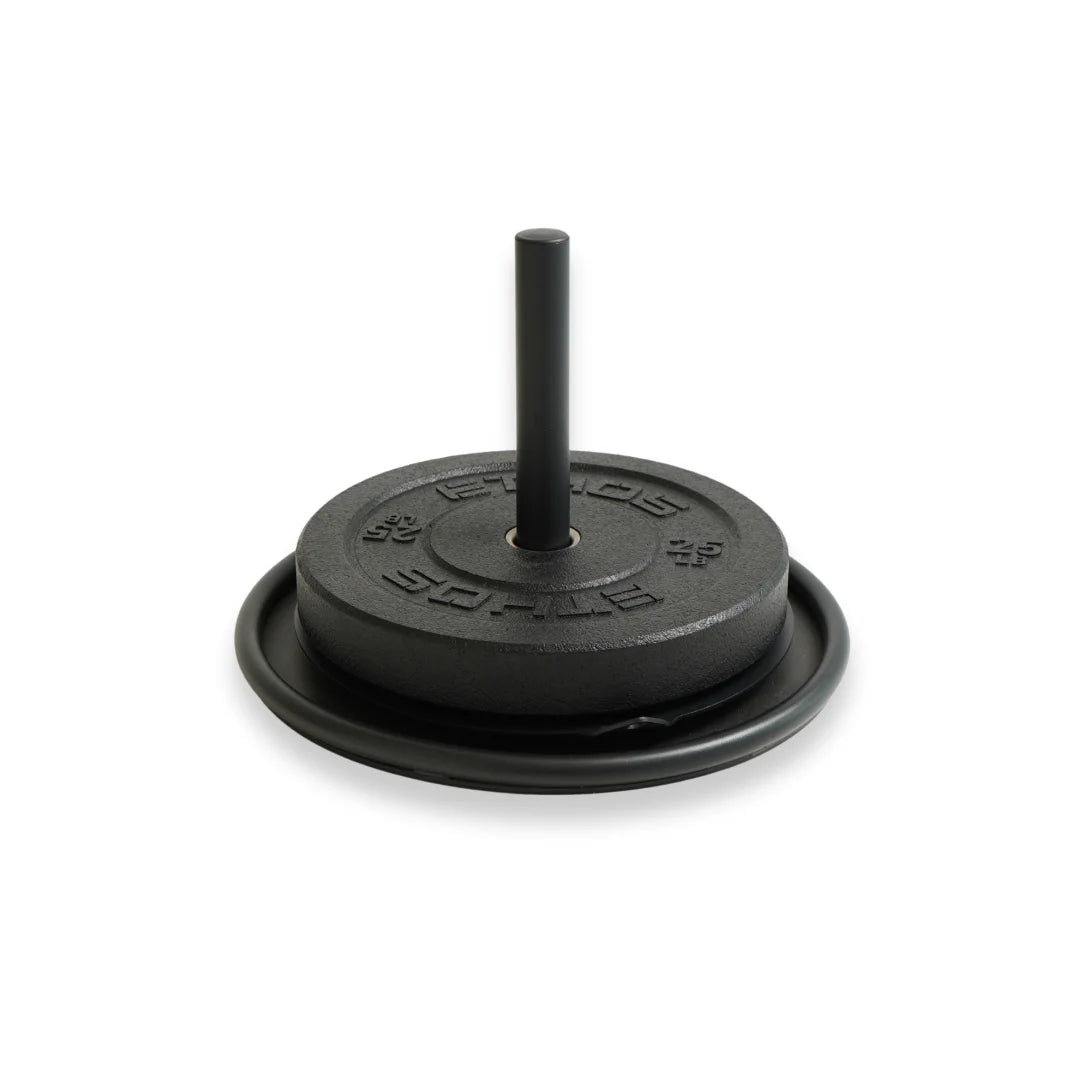
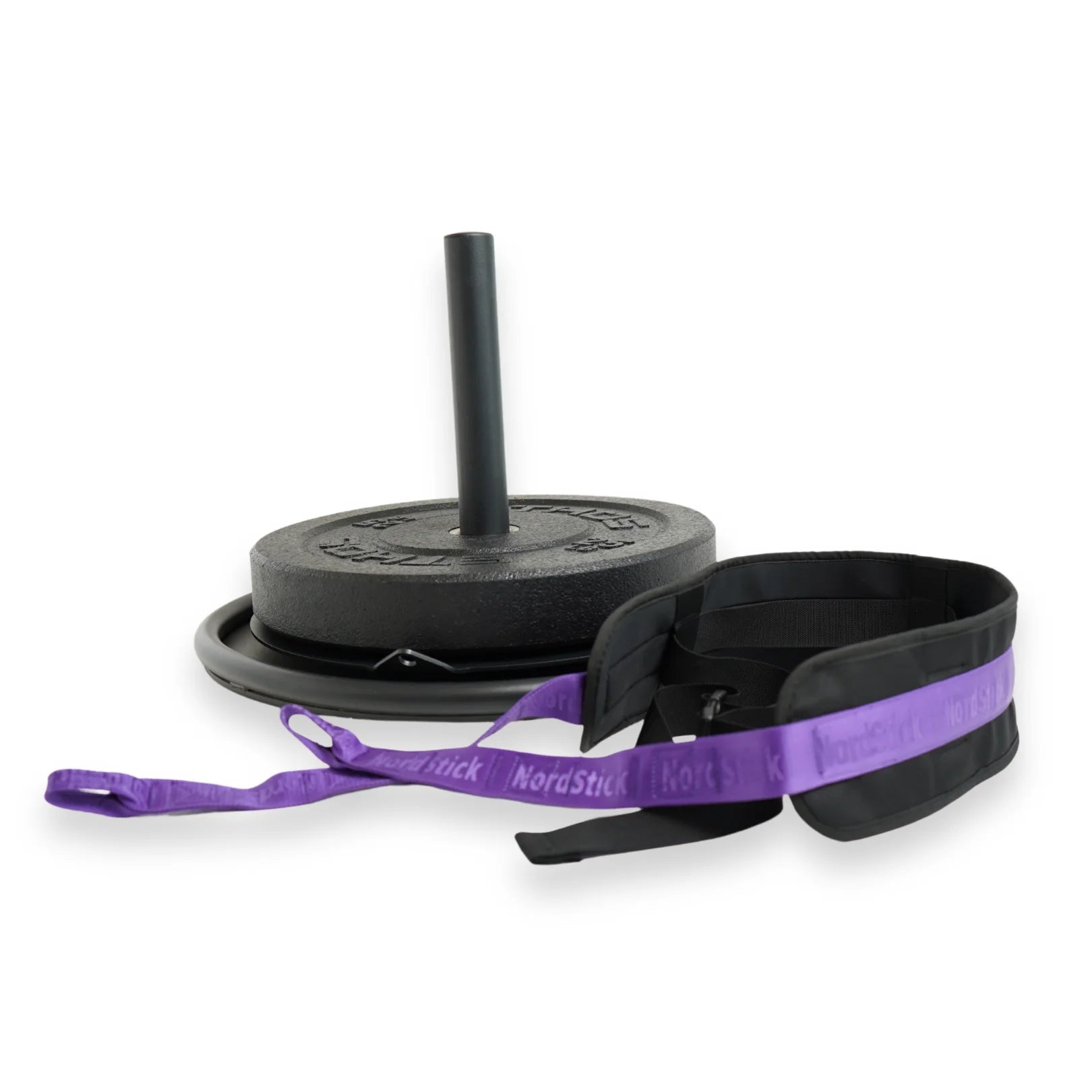
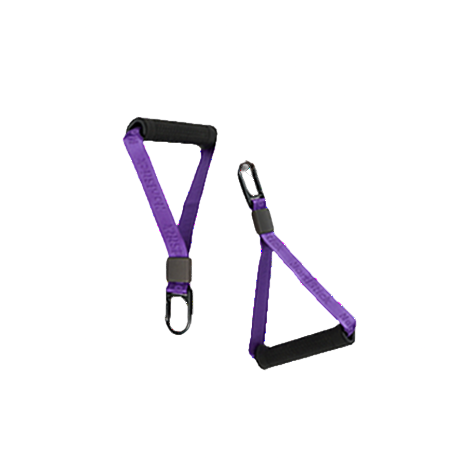
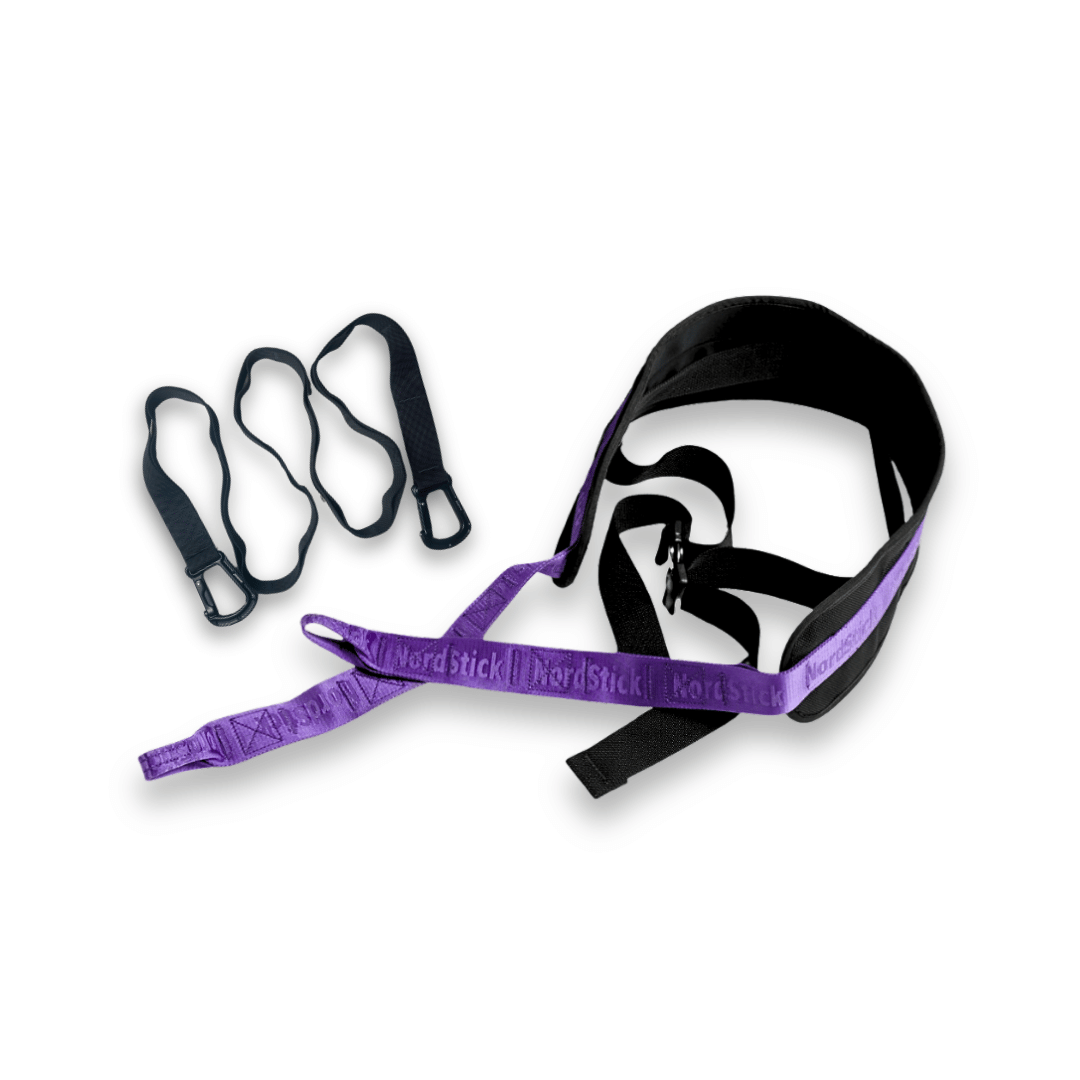






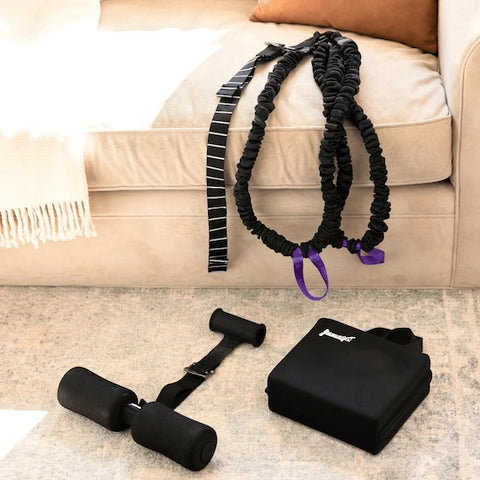



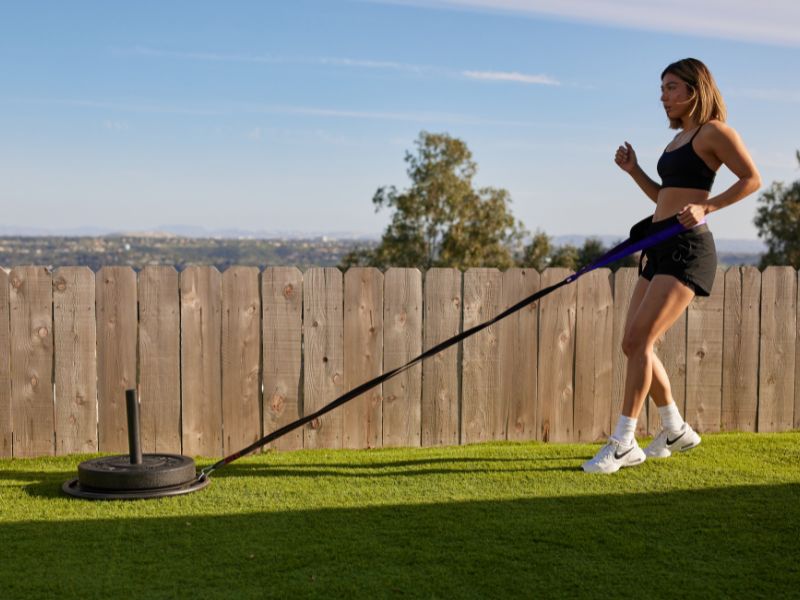

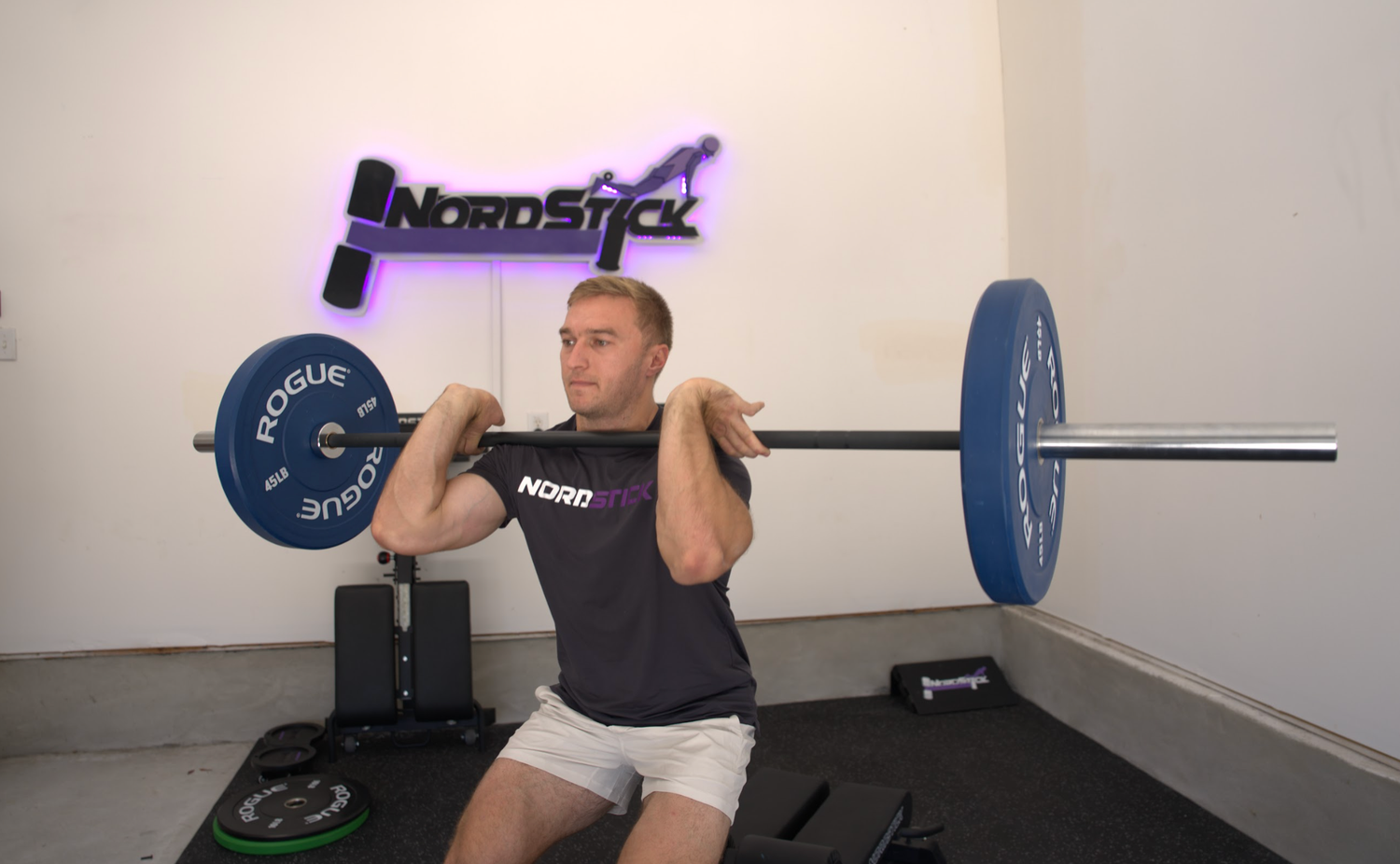





Leave a comment
This site is protected by hCaptcha and the hCaptcha Privacy Policy and Terms of Service apply.